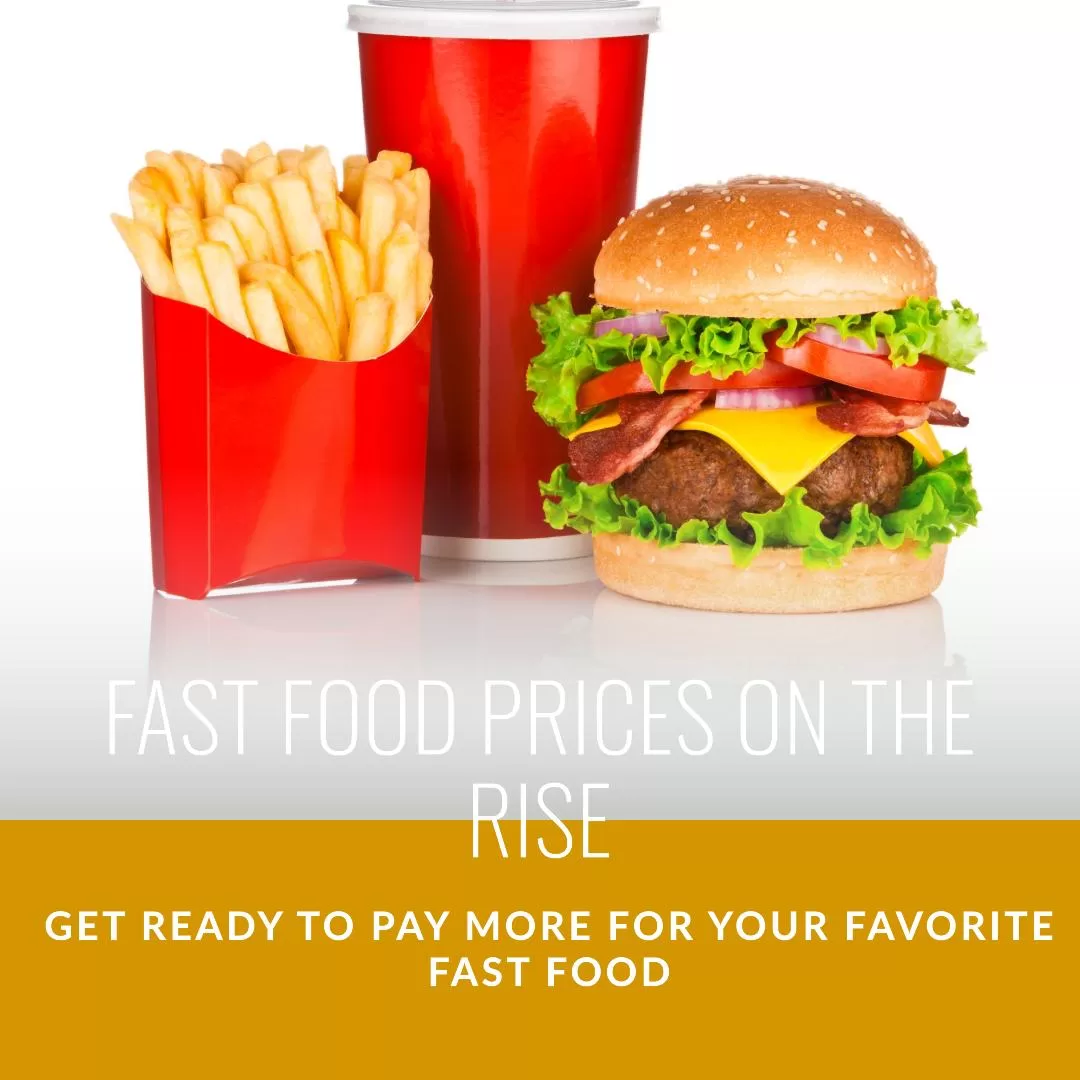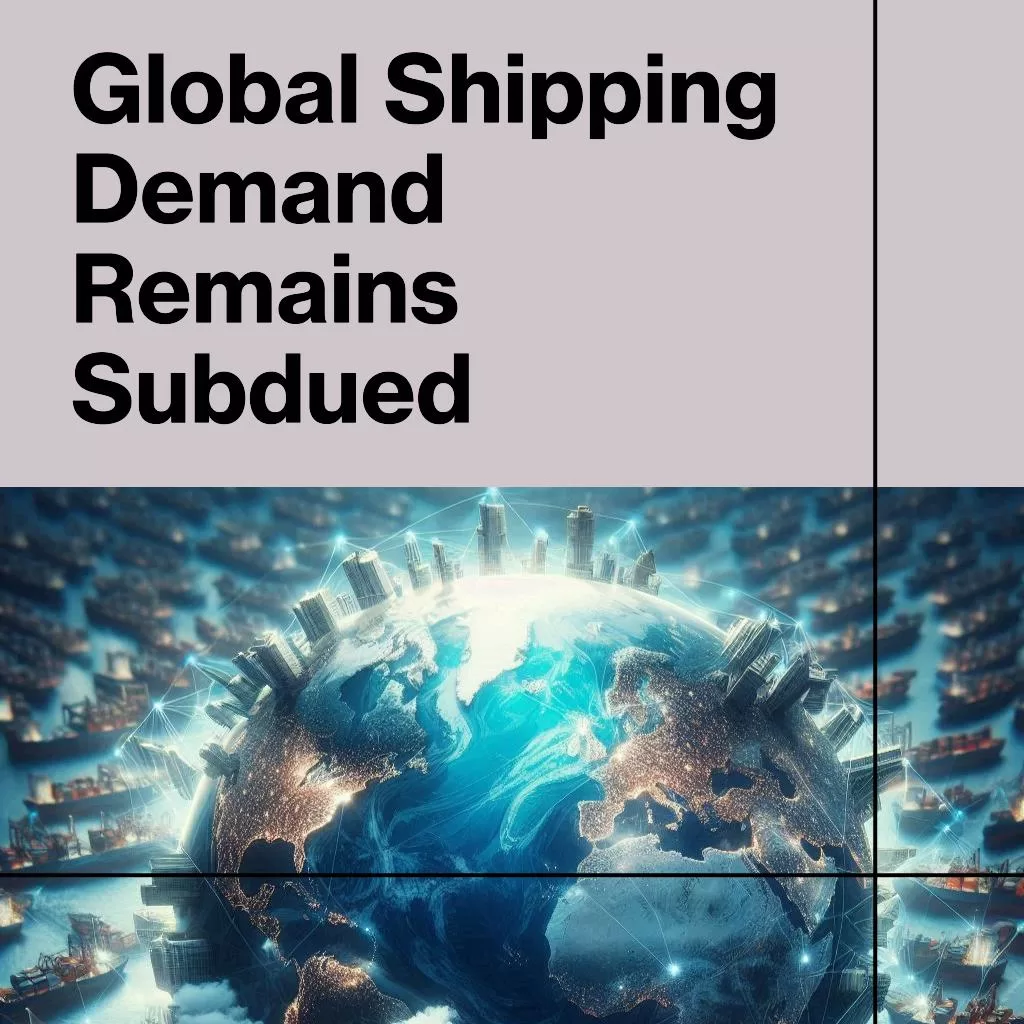Inflation, the persistent increase in the general price level of goods and services over time, can have far-reaching consequences on economies and societies. While its effects are often discussed in macroeconomic terms, the impact on small businesses, the backbone of many economies, is profound and often overlooked. This article delves into the pernicious effects of inflation specifically on small businesses, exploring how rising prices can disrupt operations, strain finances, and hamper growth prospects. The Pernicious Impact of Inflation on Small Businesses

Inflation on
Small Business
- Reduced Purchasing Power: One of the most immediate consequences of inflation for small businesses is the erosion of purchasing power. As prices rise across the board, the same amount of money buys fewer goods and services. For small businesses operating on tight budgets, this means they can afford fewer supplies, equipment, and other essentials, ultimately hindering their ability to operate efficiently and compete effectively in the market.
- Increased Operating Costs: Inflation doesn’t just affect the prices of goods and services that small businesses purchase; it also impacts their operating costs. Essentials such as rent, utilities, and wages often rise alongside inflation, putting additional strain on already stretched budgets. Small businesses may find themselves forced to increase prices to offset these higher costs, risking losing customers in the process or absorbing the costs themselves, further squeezing profit margins.
- Uncertainty and Planning Challenges: Inflation introduces uncertainty into the business environment, making it difficult for small businesses to plan for the future. Fluctuating prices make it challenging to accurately forecast expenses and revenues, leading to increased risk and reduced confidence in investment decisions. Small businesses may hesitate to expand or invest in new ventures, opting instead for cautious strategies that prioritize survival over growth.
- Difficulty Accessing Credit: Inflation can also affect small businesses’ ability to access credit. Lenders may be hesitant to extend loans or lines of credit in inflationary environments due to the increased risk of default. Even if credit is available, small businesses may face higher interest rates, making borrowing more expensive and potentially unsustainable for those already struggling with rising costs and reduced profitability.
- Competitive Disadvantage: Inflation can widen the gap between small businesses and larger competitors with greater resources and economies of scale. Small businesses may struggle to absorb price increases as efficiently or negotiate favorable terms with suppliers, putting them at a competitive disadvantage. Inflationary pressures can also lead to market consolidation, as larger firms with stronger financial positions capitalize on smaller competitors’ difficulties, further concentrating economic power.
The pernicious impact of inflation on small businesses cannot be overstated. From reduced purchasing power and increased operating costs to uncertainty and competitive disadvantages, inflation poses significant challenges for small businesses trying to thrive in increasingly volatile economic environments. Policymakers must consider the unique needs of small businesses when formulating inflation-fighting strategies, ensuring that measures aimed at stabilizing prices do not inadvertently exacerbate the challenges faced by those at the heart of the economy.









